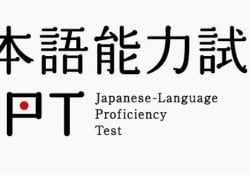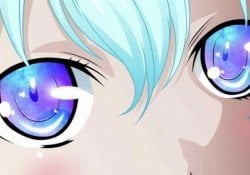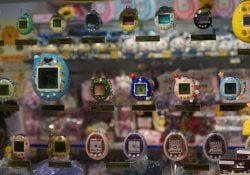If you study Japanese and watch anime, you must have noticed that there are several words to refer to life. seikatsu - life [生活], life [命] and jinsei [人生] are just some of them. In this article, we will see how to express life in Japanese and its differences.
Ever wondered why there are so many words with the same meaning? There are 2 ideograms referring to life that make up several japanese words with that meaning.
First we have the ideogram I know [生] which, in addition to life, indicates birth, living and existing, in addition to conveying the idea of something natural and genuine. the second ideogram life [命] conveys the idea of life, vitality, destiny and vital force.
These two ideograms can be put together to form the word seimei [生命] which means life and existence. However, it is commonly the word sonzai [存在] to refer to the existence of things.

Índice de Conteúdo
The meaning of the word Inochi [命] and derivatives
Let's start by examining the word life [命] that gives an idea of conceptual life, our life force, our lifespan, something important, our foundation and core. People used to use this ideogram as tattoos in the arms to indicate an unshakable love.
As such, this word is commonly used for occasions when our life is at risk, or when we save someone's life. This word portrays the concept of life and death, it can be used in phrases like being between life and death, has life on another planet and similar situations.
To understand more the ideogram concept and from the word inochi [命], we should increase our vocabulary with other related words that can help us understand better. I will leave a list of derived and related words with inochi [命] below:
Responsive Table: Scroll the table sideways with your finger >>
| Portuguese | Japanese | Romaji |
| Destiny | 運命 | unmei |
| order, command, decree | 命令 | meirei |
| death anniversary | 命日 | meinichi |
| naming, baptism | 命名 | meimei |
| risk life | 命がけ | inochigake |
Meaning of seikatsu, jinsei and words derived from [生]
the ideogram of I know [生] is very comprehensive and is part of thousands of words and verbs. It is connected with birth, with lifestyle, with nature, with purity and production. One of the most popular words is seikatsu [生活] means life, to live, to sustain, way of life, and lifestyle.
The word seikatsu is composed of the ideogram of life [生] + activity [活] which also conveys the idea of life and living. The word seikatsu is used to refer to our everyday life, such as at school or work, a lifestyle, as opposed to life [命] which refers to our existence.
We also have the word jinsei [人生] which is often used to refer to the concept of human life, since it is composed with an ideogram [人] which means person. Human life can also be written as jinmei [人命] but again it is linked to saving a life contrary to the concept of human life [人生].
Interestingly, the ideogram [生] can also be used as a prefix that indicates something pure, undiluted, raw or raw. In addition to being a count suffix of growth area and thickness of grasses, trees and natural things. Words like biochemistry, physiology, ecosystem, survival are also compounded by [生].
To help you understand more about the meaning and usage of ideograms [生] and related ones, we will leave a list of words below and their meanings. I hope you enjoyed the article, if you liked it share and leave your comments or questions.
Responsive Table: Scroll the table sideways with your finger >>
| Portuguese | Japanese | Romaji |
| Birth | 生まれる | umareru |
| Live, exist, earn a living | 生きる | ikiru |
| production, manufacturing | 生産 | seisan |
| Student | 生徒 | seito |
| living creature | 生物 | seibutsu |
| living thing | 生き物 | ikimono |
| Body | 体 | karada |
| Whole life, until death | 一生 | issho |
| Lively, vividly, actively | 生き生き | ikiiki |
| grow, sprout | 生える | haeru |





